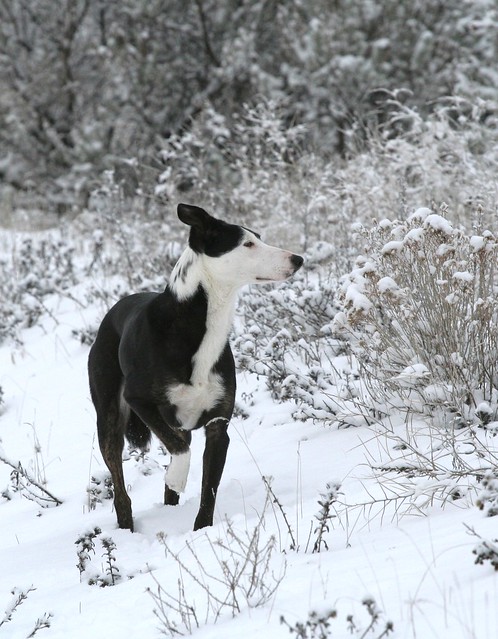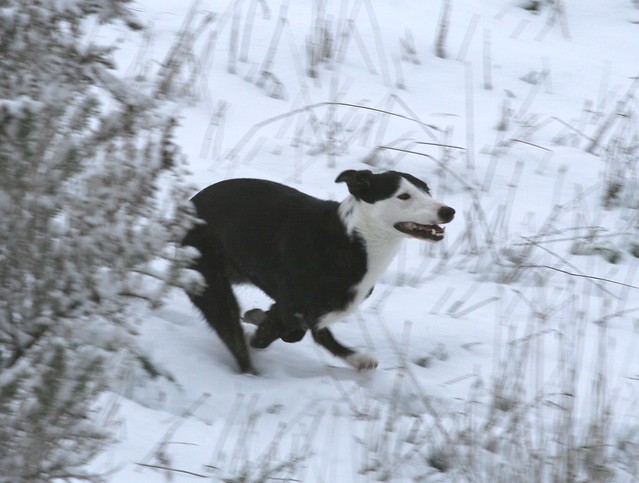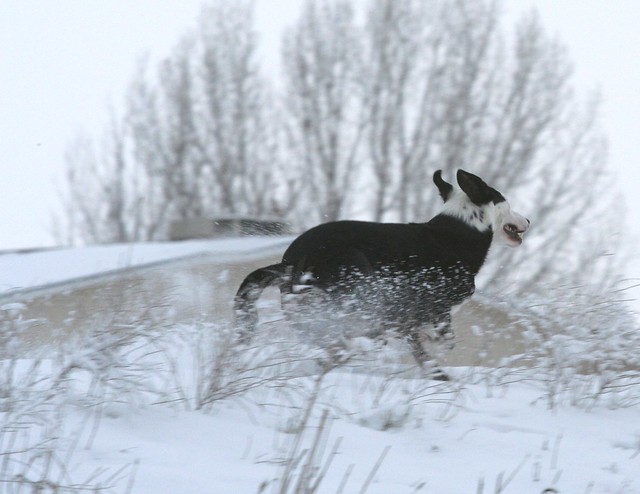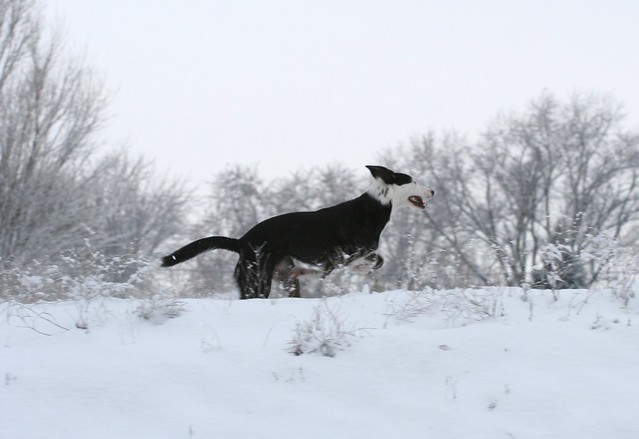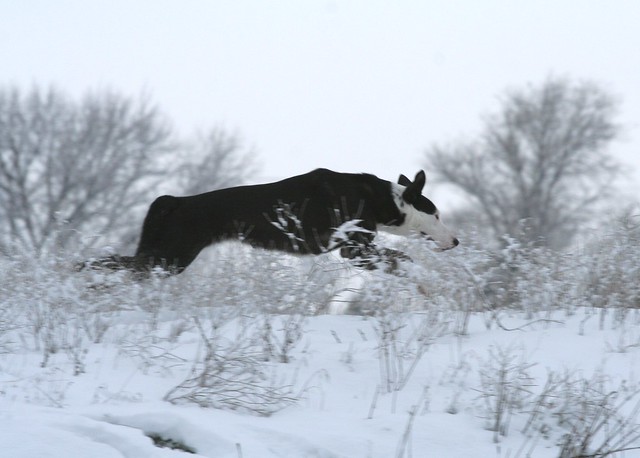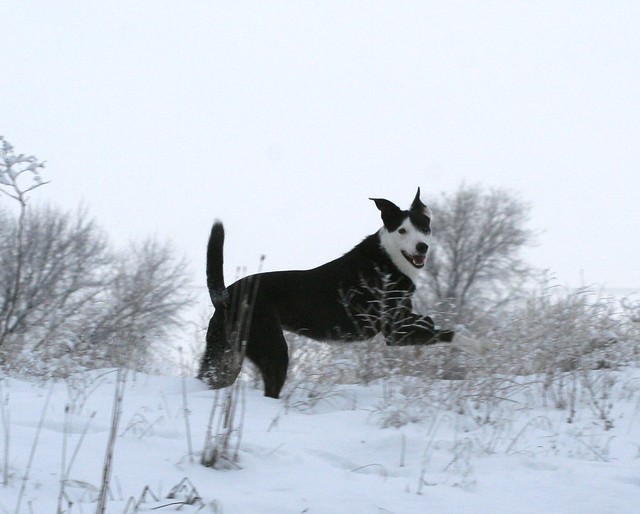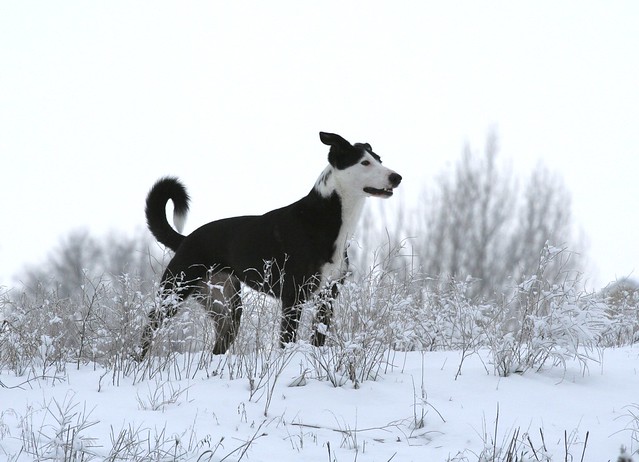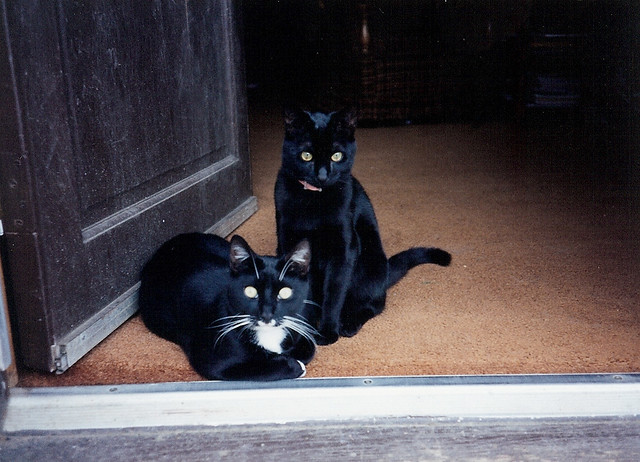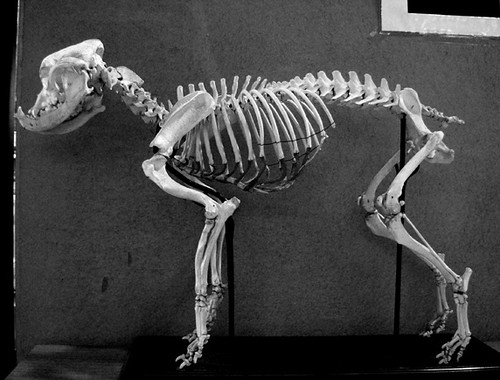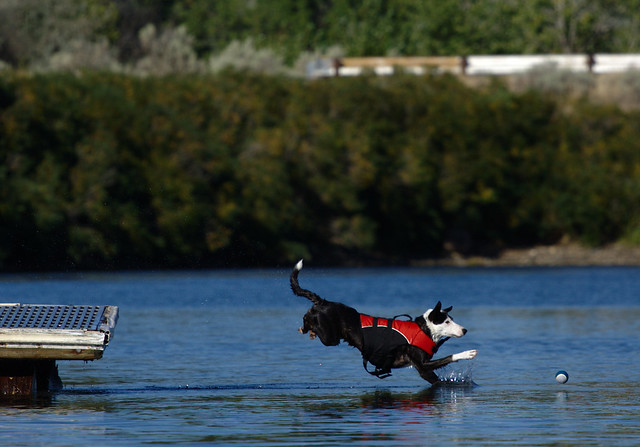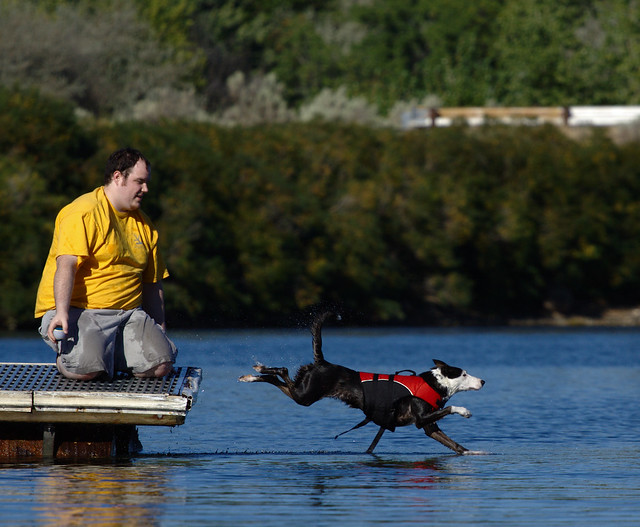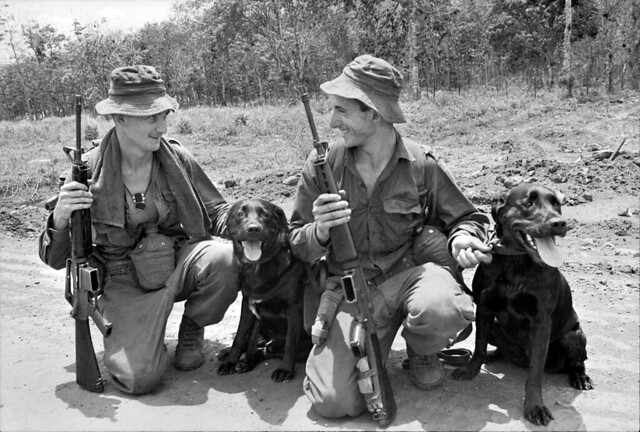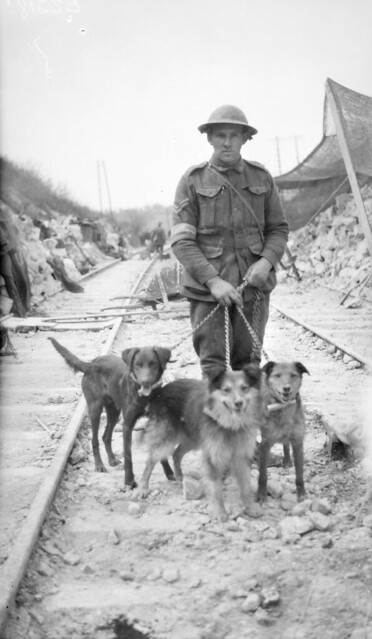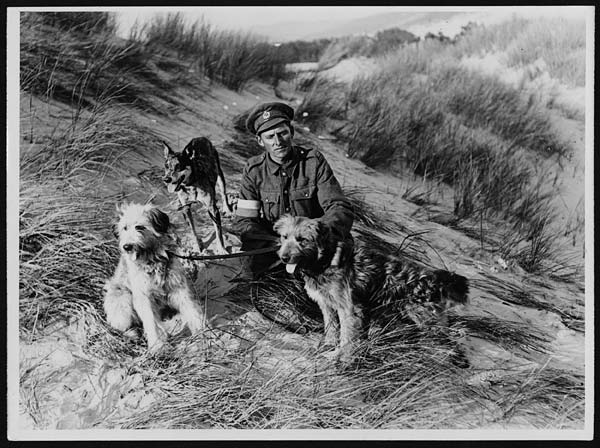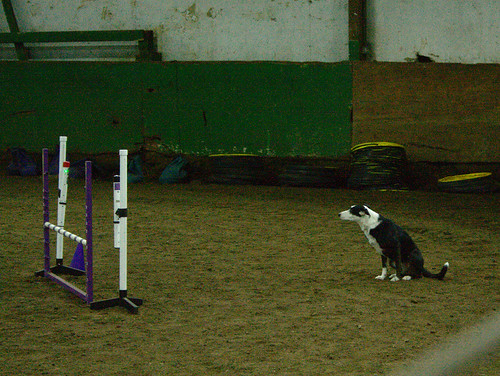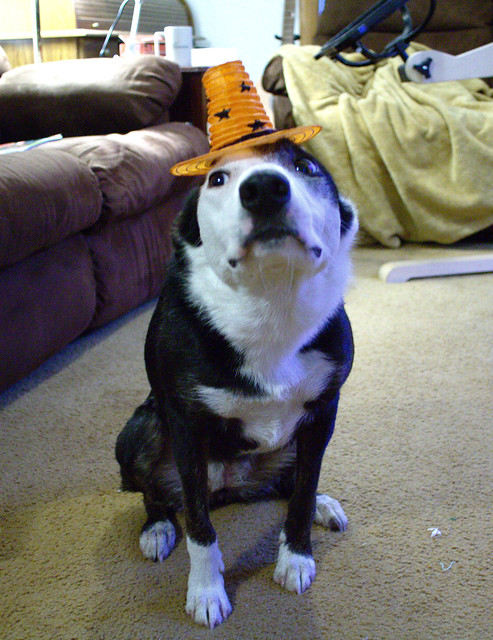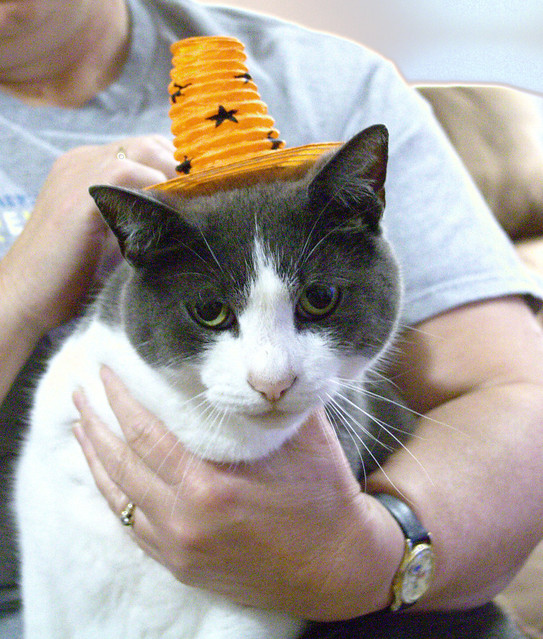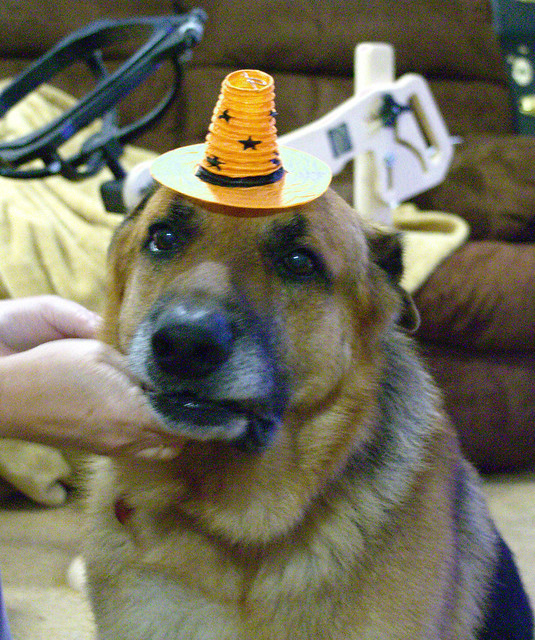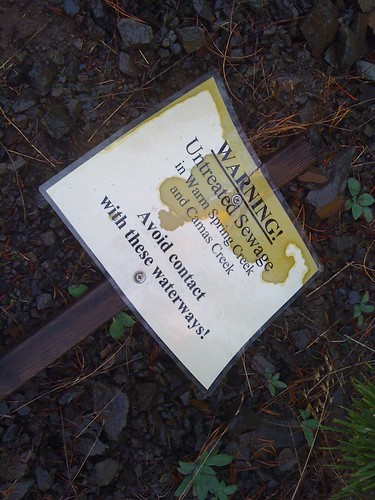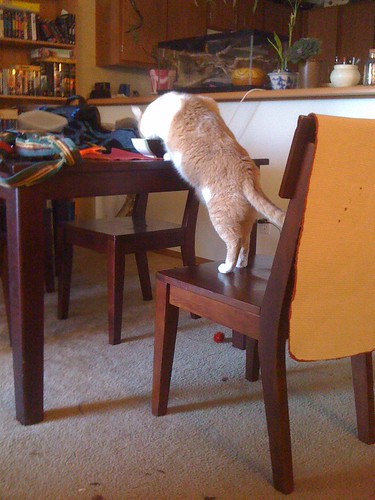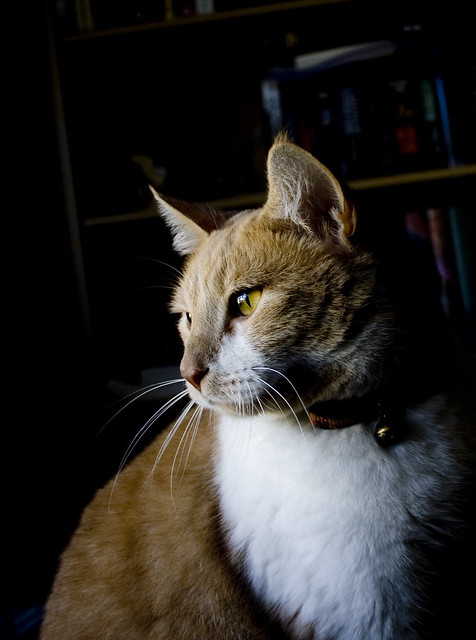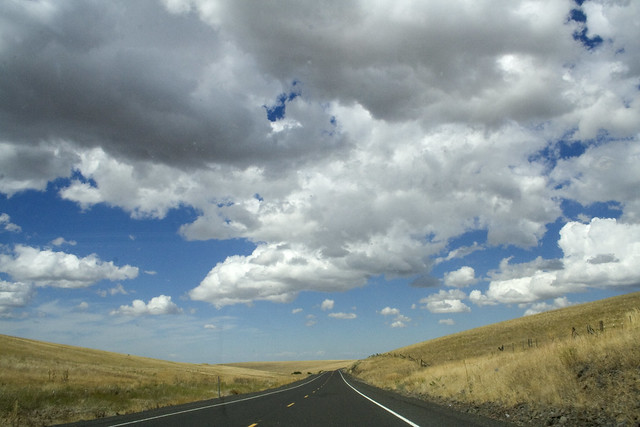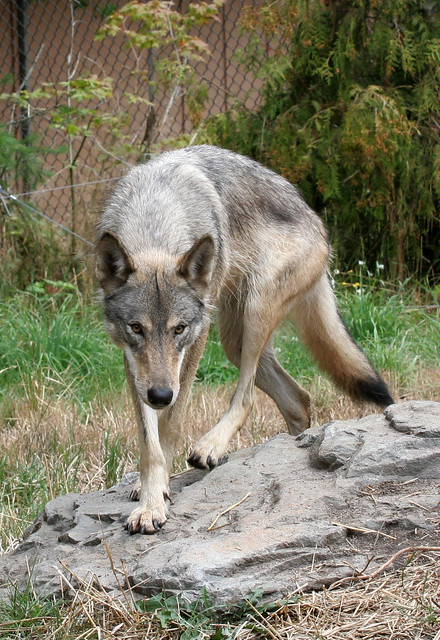My husband, who has Scottish ancestry and owns a kilt, claims to love the national dish of Scotland. Unfortunately, it's difficult to get authentic haggis in the US. When dad recently asked me to help him slaughter a lamb, I thought it was a perfect opportunity to procure some sheep guts and make this dish. Why waste a perfectly good pile of offal?
Play along with me (recipe adapted from here:
http://www.gumbopages.com/food/scottish/haggis.html)
You will need:
1 sheep
1/2 large onion
2 cloves garlic
Spices (salt, pepper, parsley, whatever)
Whole ground oats
2 large turnips
3 large potatoes
1 glass Scotch whiskey
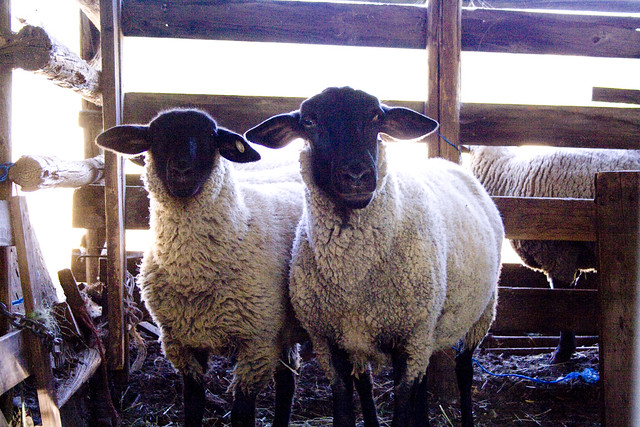
First, obtain a sheep, or, in this case, technically a lamb, but you can see she's almost full grown. I recommend from a small local family farm. This particular farm is about as small and contains just about the happiest sheep you could find.
Next, procure from your sheep the stomach, heart, liver, and one lung.
The stomach is the most difficult part. First, separate it from the intestines. It will be packed full of steaming, half-fermented grass and the whole thing will likely fall out of the animal alarmingly fast, forcing you to catch it in your arms and cradle it like a babe if you don't want it to fall and explode on the ground. If you're wearing long sleeves, it will take several washes for the smell to come out. As quickly as you can (it'll be so heavy at this point that too much pressure on one spot will cause it to tear) cut a good sized hole at one end (if you can find an 'end' as it's a rather convoluted organ) and dump out the chewed-up grass. Turn it inside out and use a hose to spray out as much muck as you can. When it's mostly clean, it's ready to bring into the kitchen.
I recommend wearing rubber gloves when handling the stomach. Even when mostly clean, it gives off a stench like old man breath mixed with cabbage farts and it will cling to your skin tenetiously through a couple dozen hand washings. Learn from my mistakes.
Once in the kitchen, take the stomach to the sink and rinse it some more. As you rinse, use your fingers to peel off as much fat and membrane as you can. DO NOT let any of this crap go down your garbage disposal as it will make it smell like death for days afterward.

Once you have the stomach as clean as you can make it, soak it in cold salt water over night (preferably in a sealed container so the smell doesn't spread - save that for the cooking part). If your spouse asks why there's a dirty dish rag in a tupperware of dirty water in the 'fridge, tell him it's a science experiment. That's not precisely a lie.

Take the heart, liver and lung and chop finely (optional step: first rinse out some of the black, congealed blood and trim most of the greasy fat). I used a blender on 'chop' to get it about the consistency of ground meat. Plop this mess into a large skillet with half a diced onion and a couple cloves of diced garlic and some spices and about a cup of water or stock.


Cook it until it's well browned and most of the liquid is gone. This will be the only point in the process that it will smell edible.
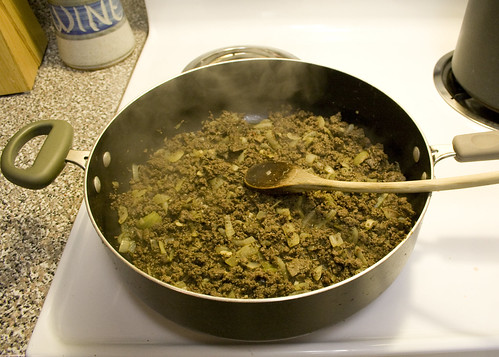
Let cool a bit and then dump into a large mixing bowl. Add about a cup of uncooked whole oats and maybe some more spices like parsely or something. If it's too dry, add some stock or gravy.

Mix it all together, and stuff it into the stomach loosely (the oats will swell as they cook, so leave room).

If, like me, you tore an enormous hole in the stomach while cleaning it, sew it together with clean butcher's string. Poke a few holes in the stomach so it won't explode while cooking.

Bring a pot of water to a boil. Open all the windows in your house, turn on a few fans. Put in the haggis, simmer for about three hours.
While that's cooking, (if you can stand to be in the kitchen with the smell) boil the turnips and potatoes and make (separate) mashes of each.

When it's close to being done, tell your husband to get ready for dinner. And by 'get ready' I mean, put on a kilt, sit down, and pour some whiskey.

Pull out the haggis, slice it open, and dump contents into a serving bowl. It looks like a loose meat loaf. I'm told you can eat the stomach (it's just tripe, after all). I, personally discarded it immediately.
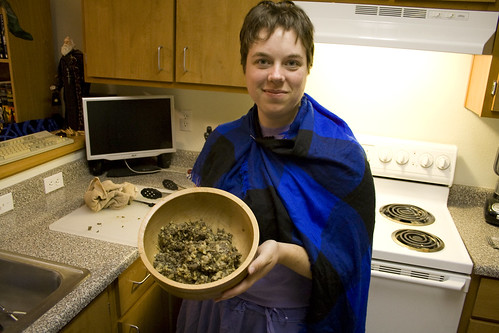
Apparently, you should serve haggis to the sounds of a bagpipe. We didn't have a bagpipe, or even a recording of one. So I put my dad on speaker phone and he played some Scottish fiddle tunes as I brought the tray to the table.


Tom pronounced it 'delicious'. I don't know if that means I cooked it correctly or incorrectly.
Yes, I ate some. It's not bad. It's really just a type of sausage.

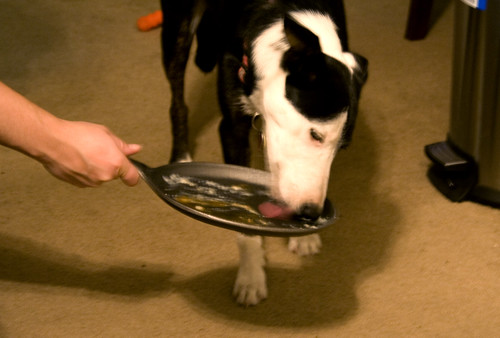
Zelda also likes it. But she also likes cat poop, so that's not really an unbiased judgement on quality.
